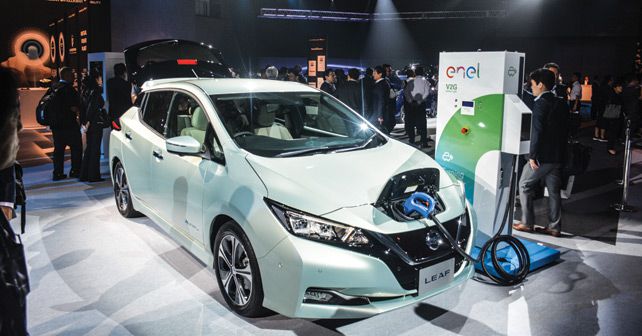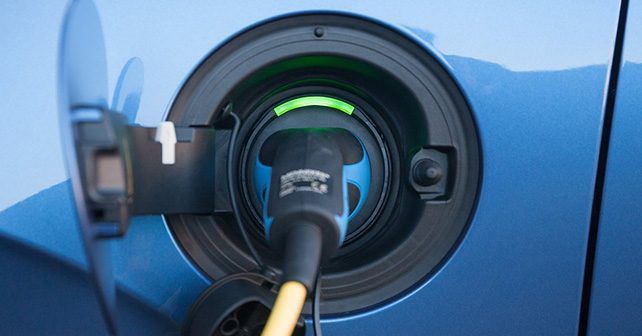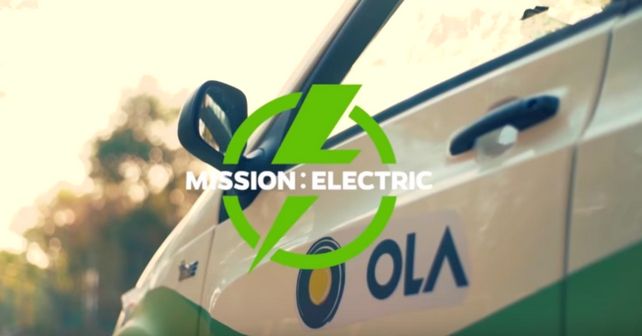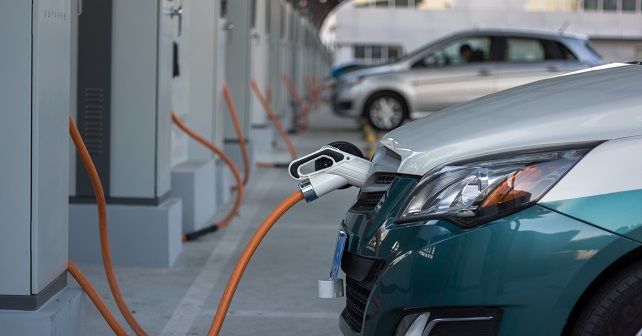The era of electric three-wheelers has begun
In India’s not so distant electric future, electric rickshaws or electric three-wheelers have a central role to play in keeping the environment clean and green. The government is promoting this sustainable mode of transport

In India’s not so distant electric future, electric rickshaws or electric three-wheelers have a central role to play in keeping the environment clean and green. The government is promoting this sustainable mode of transport, and the reason is manifold – curb air pollution levels in Indian cities, provide last mile connectivity to commuters, replace the demeaning pedal rickshaws with clean battery operated electric rickshaws and support small businesses and small entrepreneurs.
The e-rickshaw is a cheap, zero-emission and comfortable mode of transport to get around in crowded and congested Indian cities and towns. And perhaps that’s why e-rickshaws have caught the public imagination across the country, with the capital city leading the way. Reports indicate that there are approximately 10 lakh e-rickshaws across the country, with over 1 lakh electric rickshaws on Delhi roads. Offering a handy means of transportation that can be used widely by populations in rural as well as urban areas, electric three-wheelers can go where motorised four wheelers can’t.
For the uninitiated, easy to operate e-rickshaws are three-wheelers with a covered cabin, a capacity for four passengers, excluding the driver, and speed limits of below 25km/h. The eco-friendly e-rickshaws, approved by the Ministry of Road Transport and Highways, have a maximum width of 1 metre and maximum length of 2.8 metres. It takes around eight to ten hours to fully charge an e-rickshaw, which endows it the ability to travel 80 – 90km.
Union Minister Nitin Gadkari was recently quoted as saying, ‘Public transport on electric mode is the dire need now. We are bringing a policy for it. Thrust will also be on rural transport on electric autorickshaws and other vehicles, powered by lithium-ion batteries. Its cost has already been reduced by 40 per cent, and prices will further come down on mass production.’
After the Centre's advisory committee on e-rickshaws pointed out that state governments are not taking enough steps to facilitate registration of e-rickshaws and are charging high taxes, Mr. Gadkari asked his ministry to get states to rationalise taxes and other charges concerning e-rickshaws, for these are zero emission vehicles and are primarily aimed at providing employment to the poor, including women and differently abled persons.
Moreover, these electric rickshaws also have the potential to be transformed into small carriers, aiding those who use hand carts or cycle carts for cargos and parcels.
With the government making encouraging moves for attaining sustainable means of transport, the number of e-rickshaws and e-carts is set to grow manifold in the next few years. About 550 manufacturers have lined up for production of 10 lakh such electric three wheelers every year. Last year, Mahindra & Mahindra Ltd. (M&M Ltd) launched the e-Alfa Mini – a zero emission, all new electric rickshaw.
Taxi aggregator Ola aims to add 10,000 electric vehicles – most of which are to be e-rickshaws – to its platform over the next 12 months as part of its ‘Mission Electric’ programme.
Finally, I would like to express how happy and inspired I am by this endeavour of the Government of India to have an all-electric fleet by 2030, which will be dominated by e-rickshaws and e-carts. I wish everyone involved a great success.
The author is Chairman, e-Rickshaw Committee, Ministry of Road Transport and Highways, Government of India.








Write your Comment on